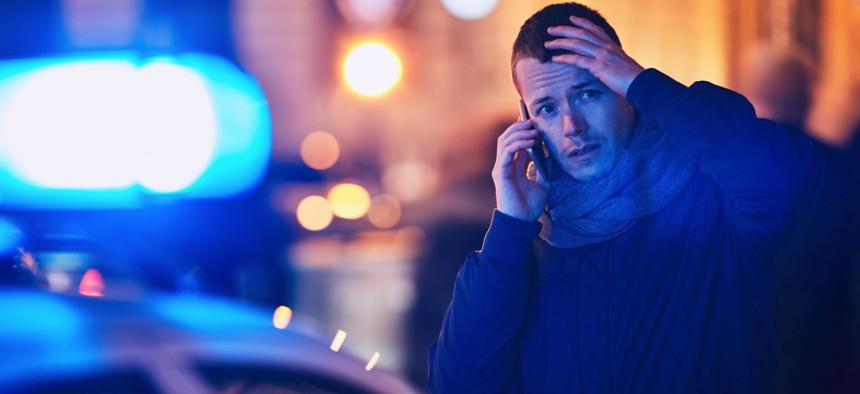What Public Safety Agencies Can Do While Waiting for Next Generation 911

The old system has been the victim of its own success, a software executive argues.
People expect that 911 will always be available, until they can’t get through.
One software executive says public safety departments can learn from the private sector when it comes to making their systems and technology more resilient for when 911 outages occur.
CenturyLink’s widespread outage in late December left some agencies in 10 states without 911 service and spawned investigations in several, as well as by the Federal Communications Commission.
Some agencies directed residents to call a 10-digit emergency number or drive to their local fire station for help.
“911 is a bit of a victim of its own success, in the sense that no one has this sense of urgency to fix the system,” Paul Tatro, president of North American operations at Carbyne, told Route Fifty. “They assume it’s on the latest infrastructure, and it isn’t.”
The infrastructure 911 agencies typically use was designed in 1985 for landline service, with texting, voice and cellular calls “Band-Aided” on the backend, Tatro said. Most people think the infrastructure works, and as a result few grants exist for upgrades with phone bill funding typically poached for other purposes, he added.
Several states have Emergency Service Internet Protocol Networks, or ESInets, projects in the works to create infrastructure redundancy and prepare for next-generation 911, but the public sector still lags behind the private sector when it comes to network resiliency, Tatro said.
ESInets are broadband-enabled to support video, images and other data files, but in their absence placeholders exist businesses are already using.
With the CenturyLink outage, calls weren’t even getting to the 911 system, but residents were dialing 10-digit emergency numbers. In that scenario, Carbyne’s NG911 call-handling platform can create what the software company calls a “Carbyne call.”
A Carbyne call adds five features to a typical call for service: the GPS location of the device being used to place the call, the ability to send video from a mobile device, a chat window so people with disabilities or in a situation like an active shooter incident don’t need to speak, a data link so photos can still be sent if the call drops, and ancillary information about the caller and surrounding environment from nearby sensors. Information transmitted on a Carbyne call is archived in the cloud.
Fortune 1000 companies already use Carbyne to keep tabs on their traveling executives, who can call through the app, in potentially dangerous countries. The app can pinpoint what floor of a building a person is on if necessary.
The platform skirts potential privacy issues by requesting permission before using a caller’s data or camera.
Carbyne currently operates in seven states, Tatro said.
In one kidnapping incident, Tatro said six girls were taken in a car and called 911 only for the call to drop. But using the Carbyne technology the girls could still text and the data link transmitted the phone’s location every 10 seconds or 10 meters. They were rescued within 15 minutes, Tatro said.
The platform reduces the time until emergency personnel are dispatched by 65 percent, Tatro said.
In the meantime, video from the app can be used to do call triage—surveying a scene to see what’s going on. If there’s a raging fire in the background, that call for service can be moved to the top of first responders’ queue, Tatro said.
Dave Nyczepir is a News Editor at Route Fifty and is based in Washington, D.C.
NEXT STORY: VA misses targets on data center shutdowns, savings






